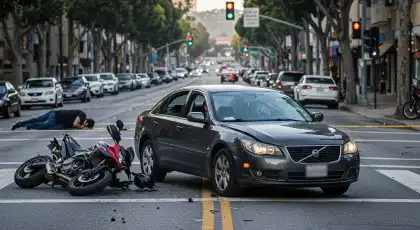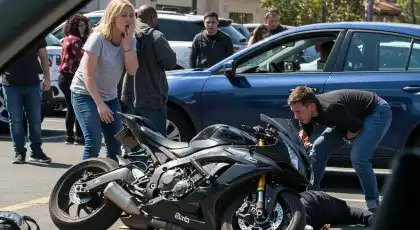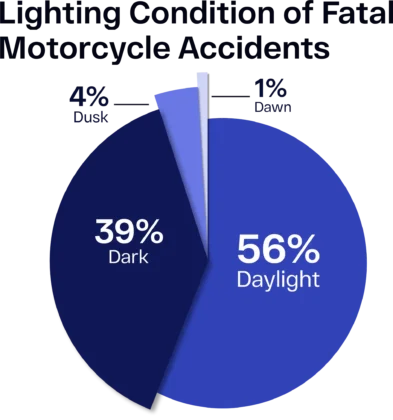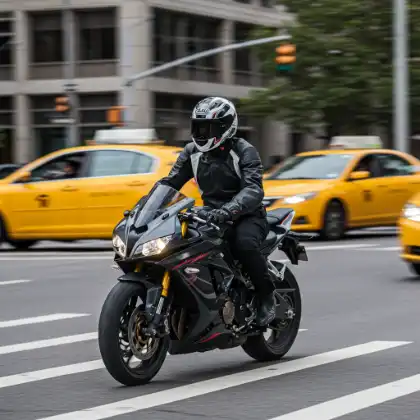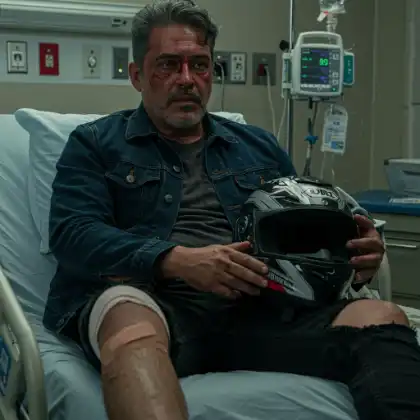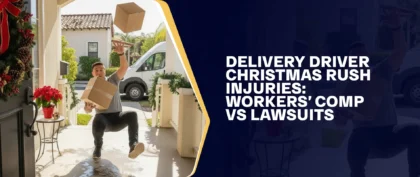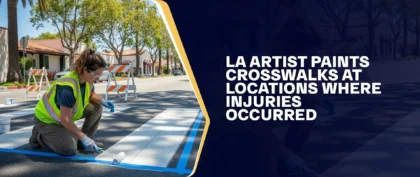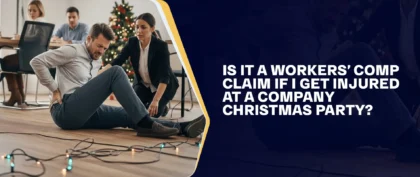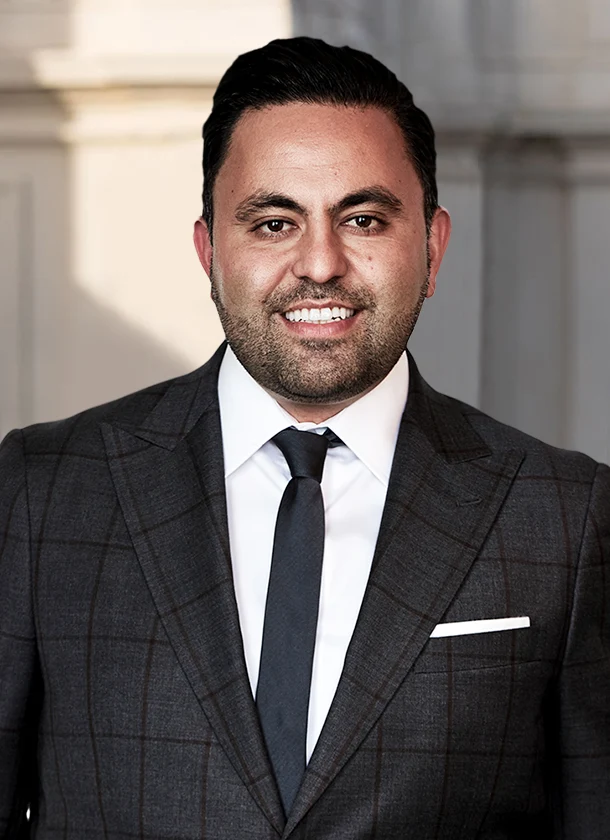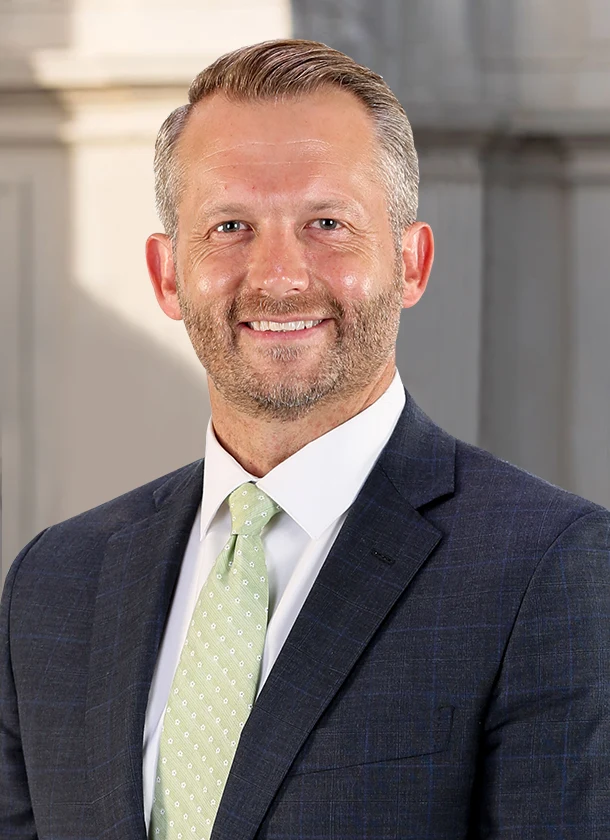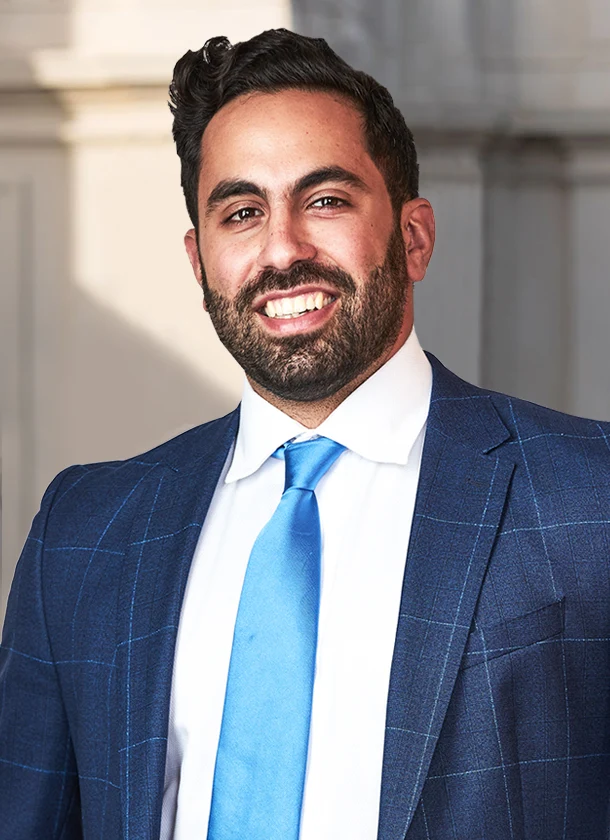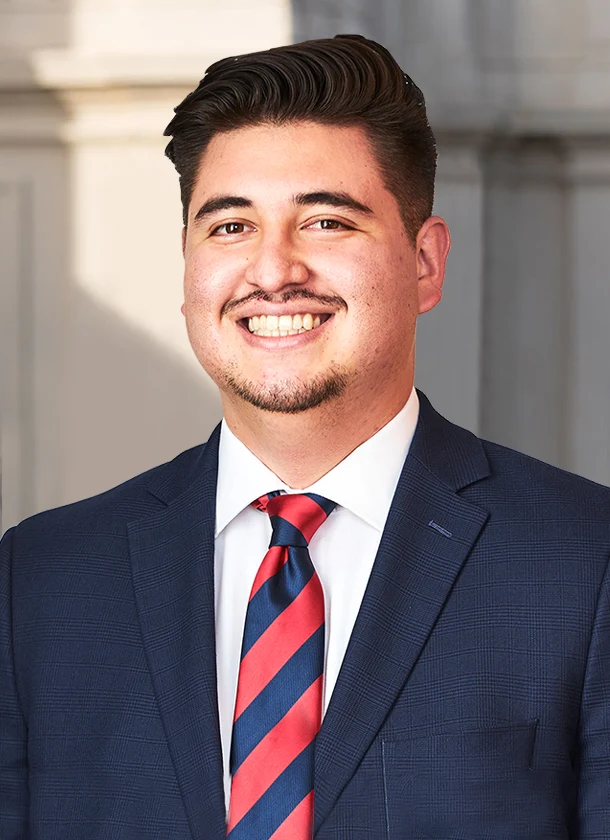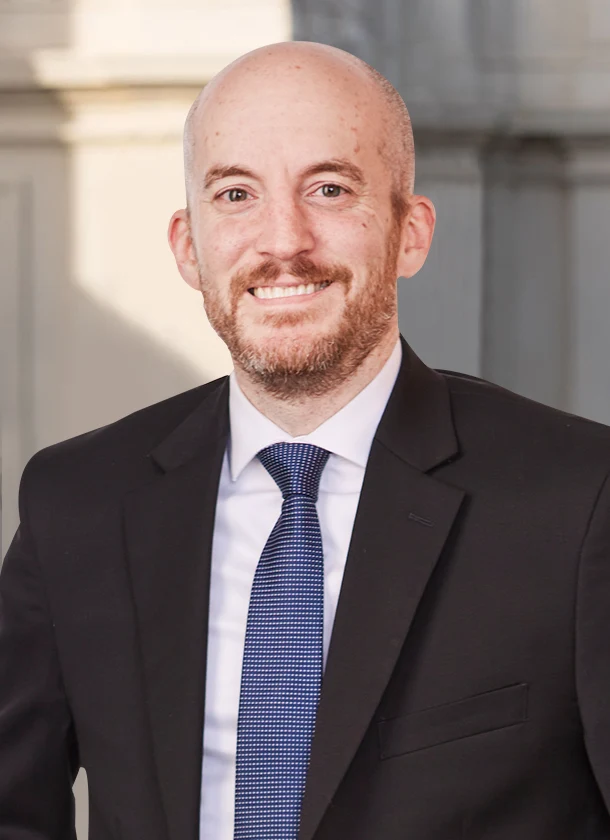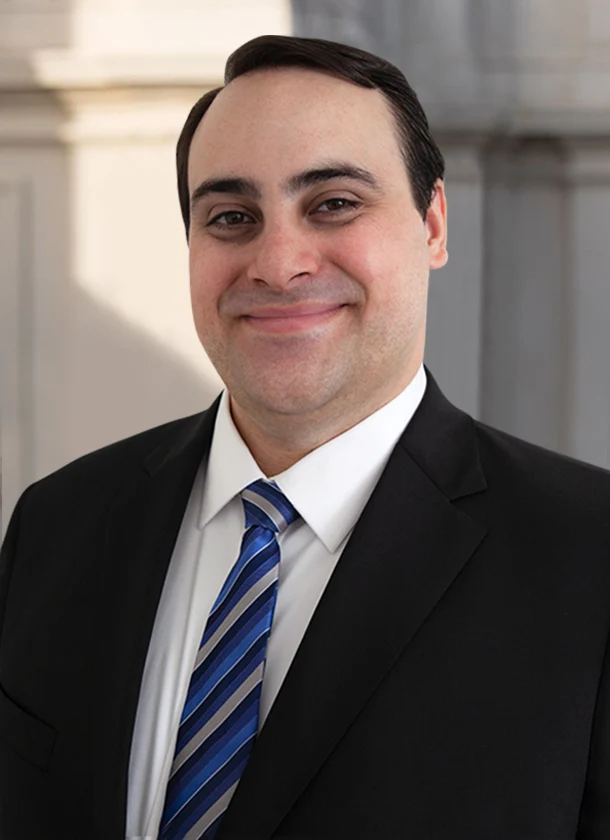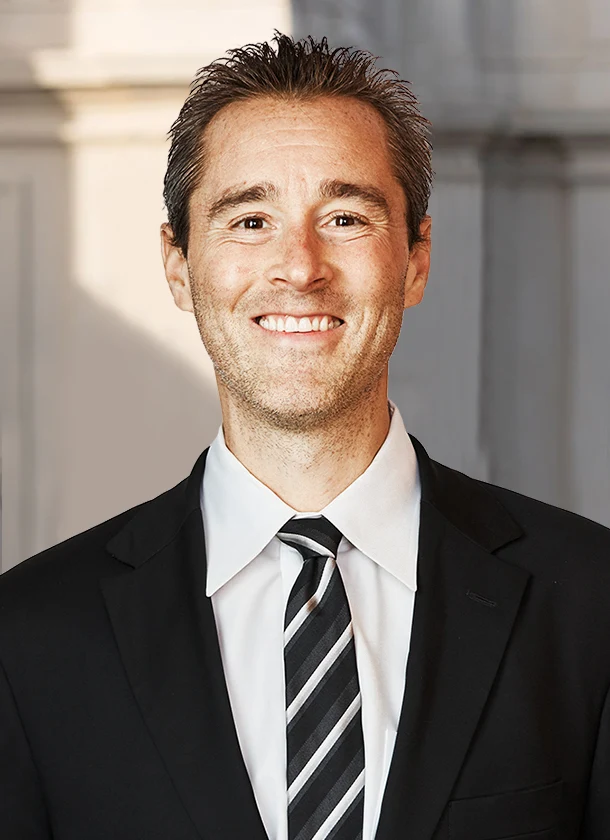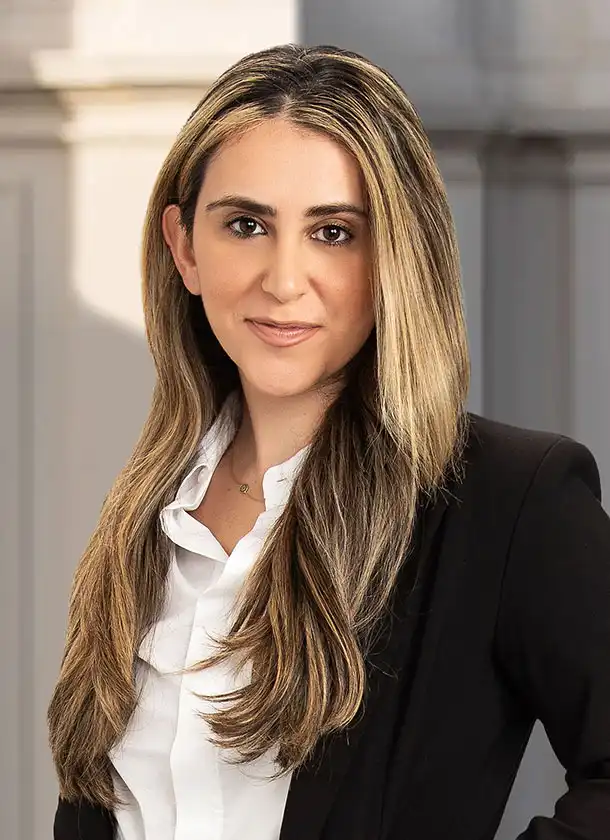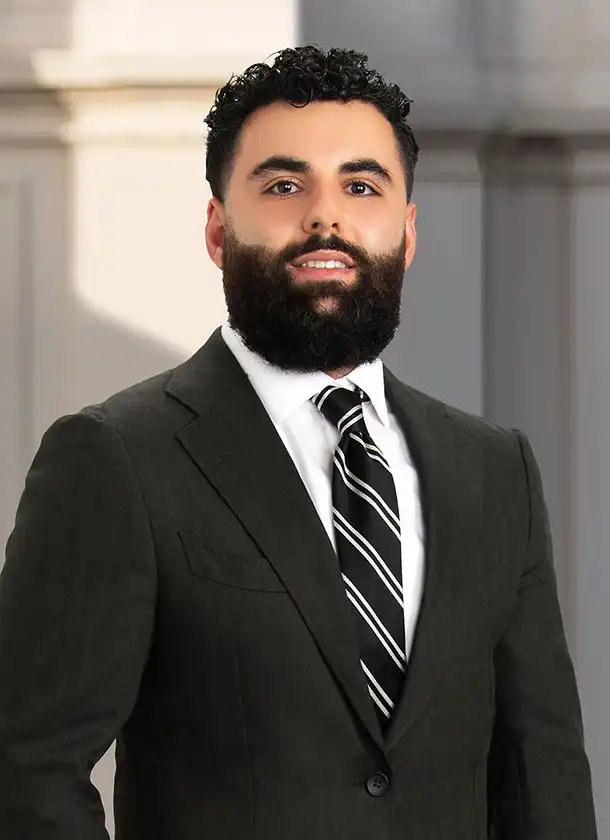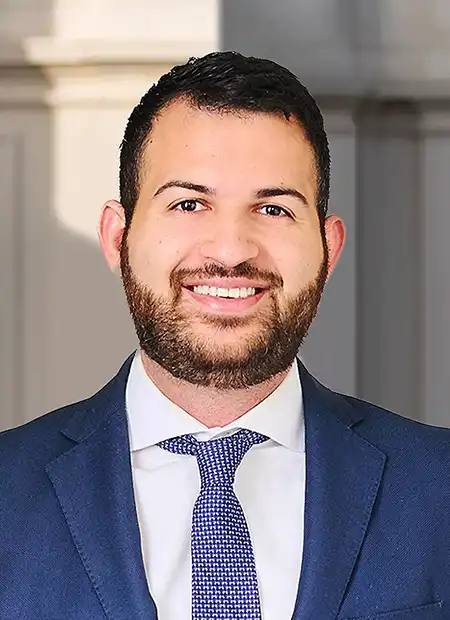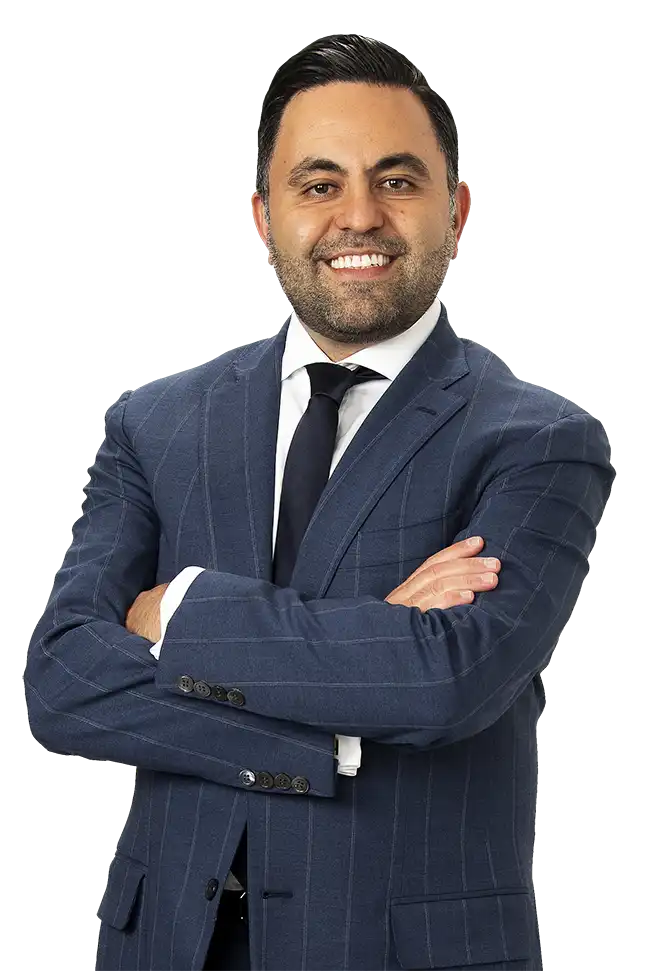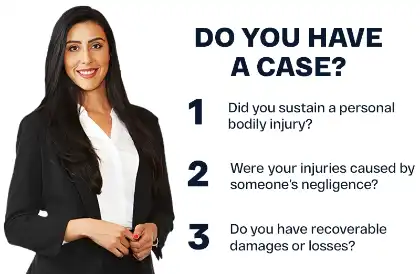TL;DR: Most motorcycle accidents tend to occur in urban areas, especially at busy intersections where distracted drivers might misjudge a bike’s speed. Highways, rural roads, parking lots, and driveways are next in risk, where poor lighting, uneven surfaces, and unpredictable vehicles are present.
Table of Contents
Most motorcycle accidents occur on urban roads, at intersections, and on highways. These areas often involve high traffic volume, limited visibility, or drivers who fail to notice motorcycles. Rural roads, parking lots, and driveways also present risks due to poor lighting, uneven surfaces, and unpredictable driver behavior.
Knowing where these crashes typically happen can help riders stay alert and may strengthen a future injury claim. Identifying dangerous locations can also highlight negligence by drivers or property owners that contributed to the accident.
If you or someone you love sustained injuries in a motorcycle crash, contact the Arash Law Firm at (888) 488-1391. We offer a free case evaluation and can help you explore your options for pursuing damages, such as medical costs and lost income.
Common locations where motorcycle accidents happen:
- City streets and urban roads with heavy traffic and distracted drivers.
- Intersections where drivers often fail to yield or misjudge distance.
- Highways and freeways with high speeds and sudden lane changes.
- Rural roads with limited lighting, poor conditions, and delayed emergency response.
- Driveways and parking lots where drivers act unpredictably or ignore blind spots.
Where Do Most Motorcycle Accidents Happen?
Riding a motorcycle is exhilarating, but it also comes with risks. One way to stay safe is to know where crashes most likely occur. These motorcycle accident locations present their own dangers. Their unique characteristics can make some areas more hazardous for riders.
Below are the common areas where most motorcycle accidents happen:
Intersections
Intersections are one of the most dangerous places for you as a motorcyclist. Many intersection motorcycle accidents happen because drivers often fail to notice motorcyclists or misjudge their speed and distance. The NHTSA’s Fatality and Injury Reporting System Tool (FIRST) shows that in 2023, about 2,332 motorcycle accidents happened in intersections.
Whether you’re waiting for the light to turn green or making a turn, you’ve got to stay alert. A lot can go wrong in just a moment. Here are the most common types of crashes at intersections:
- Left-turn accidents happen when a car turns left in front of you. The driver might not see you or think you’re farther away than you are.
- T-bone crashes occur when another driver hits you from the side. It usually happens when they run a red light, ignore a stop sign, or fail to yield the right of way.
- Sideswipe collisions happen when a vehicle changes lanes and doesn’t notice you’re there. They drift into your lane and hit you from the side.
Urban Areas
According to the National Safety Council, nearly 65% of motorcycle crashes happen in urban areas. About 49% occur during the day, when you’d expect drivers to see you. However, some drivers may not notice smaller vehicles like motorcycles. A moment of inattention for them, and you’re the one who ends up paying the price.
Here’s what makes riding in the city so dangerous for motorcyclists:
- Urban Roads Are Full of Distracted Drivers — Texting, eating, or looking at a GPS may keep a driver’s attention off the road and their blind spots.
- City Streets Have Stop-and-Go Traffic — Quick stops and sudden lane changes can leave drivers little time to react. Erratic traffic can lead to fender bender accidents.
- Crowded Traffic in Tight Roads — Getting boxed in by vehicles may leave you with no room to move safely.
- Cities May Have Poor Road Conditions — Potholes and debris can throw your balance off in seconds.
Rural Roads
Many riders enjoy rural roads because they’re quiet and scenic. However, just because a road looks calm doesn’t mean it’s safe. The NSC reported that around 35.2% of motorcycle accident-related deaths happen on rural roads. Here’s why these roads can be risky:
- Poor road conditions
- Blind curves
- Wildlife crossing
- Inadequate lighting
- Loose gravel
- Fewer warning signs
These could be dangerous roads for motorcyclists. Drivers may not follow traffic speeds or make unsafe decisions, such as passing on curves, failing to yield, or using phones due to a false sense of security on empty roads.
Furthermore, emergency services may take longer to arrive in the event of a crash, meaning injuries can become more severe or even fatal. Riders should always stay alert and approach rural rides with the same caution as busier highways.
Highways And Freeways
Highways and freeways have higher speed limits, allowing you to ride faster and cover more ground, but they also come with serious risks. Even a small mistake can lead to a deadly crash, particularly at high speeds.
Here are some of the reasons why motorcycle accidents may occur in this setting:
- Speeding
- Tailgating
- Drunk driving
- Debris on the road
- Bad weather
- Distracted driving
- Fatigued driving
- Merging without checking blind spots
Victims may sustain any of the following injuries:
- Broken bones
- Head injuries
- Brain injuries
- Spinal cord damage
- Back injuries
- Amputations
- Neck injuries
- Deep cuts and bruises
Parking Lots And Driveways
Parking lots and driveways seem safe, but they can be just as risky as the streets. Drivers often move unpredictably in these spaces. Some back out without checking mirrors, cut across lanes, or open doors without looking for oncoming motorcycles.
Even at low speeds, a collision can still cause injuries that may require medical attention and time away from normal activities. Motorcycle accidents in these settings can lead to challenges such as:
- Pain from injuries.
- Trouble sleeping or moving around.
- Missing work or losing your job.
- High medical costs.
- Struggling with everyday tasks.
- Trauma.
- Extended recovery periods.
- Potential changes to mobility and independence.
Some of these crashes may happen on private property where unsafe conditions play a role. In those cases, liability could involve property owners as well. If poor lighting, unclear signage, or dangerous road conditions contributed to the crash, a premises liability claim may apply.
A premises liability attorney can look into who may be responsible. They can review your situation to explore your legal options. You may be able to seek support for medical costs, lost income, and other expenses, depending on the details of your case.
How Do Most Motorcycle Accidents Happen?
Motorcycle crashes don’t just happen out of nowhere. In most cases, there’s a clear cause, something or someone that went wrong. As a rider, you’re more exposed than drivers in larger vehicles, so even a small mistake by someone else can seriously affect your life.
Let’s look at some of the most common reasons motorcycle crashes happen.
Human Factors
Many motorcycle crashes happen because of poor decisions made by drivers or riders. These mistakes can lead to dangerous situations in just a second. Here are a few:
- Distracted Driving — Using phones or eating food may take a driver’s eyes off the road. That split-second distraction can cause a crash.
- Speeding — Driving too fast makes it hard to brake or adjust to changes in traffic. Drivers may lose control of their vehicle when the speed exceeds what’s mandated. For instance, the California Vehicle Code requires all drivers to travel at speeds not greater than 65 mph and 55 mph on two-lane, undivided highways.
- Intoxicated Driving — Alcohol and drugs slow down reaction time and mess with judgment. Impaired drivers may not see you in time or at all.
- Reckless Driving — Drivers who tailgate, weave through traffic, or run red lights endanger you. One careless move can knock you off your bike and leave you injured.
- Fatigued Driving — Drowsy drivers may drift, miss seeing you, or react too slowly. Their lack of focus can lead to a collision with life-altering consequences.
Note that motorcyclists can travel between marked lanes for traffic moving in the same direction. As of 2025, California is the only state allowing lane splitting. If drivers change lanes without signaling, they might hit a passing motorcyclist.
External Factors
Sometimes, the environment creates unsafe riding conditions. You can ride carefully and still get caught off guard.
- Bad Weather — Rain, snow, or fog makes roads slippery and reduces visibility. Your tires might not grip well, and other drivers may not see you.
- Poor Road Conditions — Potholes, cracks, debris, and uneven surfaces can make you lose control of your bike. Construction zones also increase the risk of crashes, especially when traffic or warning signs are missing or confusing.
- Animal Crossing — When a deer, dog, or other animal suddenly crosses the road, drivers may suddenly have to swerve or brake.
A Quick Comparison
Here is some information from the NHTSA on motorcycle accidents:
In 2023, there were 6,335 fatalities and 82,564 injuries from motorcycle crashes, with motorcycle deaths accounting for 15% of all traffic-related fatalities. About 92% of these incidents happened on non-interstate roads, while the remaining 8% occurred on interstates.
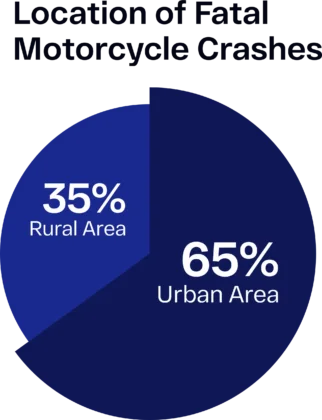
The report also showed that 65% of fatal motorcycle accidents occurred in urban areas, compared to 35% in rural areas. In addition to location, the time of day played a role. Most fatal crashes occurred during daylight hours (56%), followed by nighttime (39%), dusk (4%), and dawn (1%).
What Can Motorcyclists Do To Stay Safe?
Unlike drivers in enclosed vehicles, motorcyclists have little protection in crashes, making them especially vulnerable to severe injuries or death. As a motorcyclist, you may not be able to control the actions of other drivers, but you can take steps to protect yourself and lower your risk of injury. Below are safety practices recommended for riders:
- Be Easy to See — Keep your headlights on, even during the day. Use reflective gear or decals on your helmet, jacket, and bike. Flash your brake lights when slowing down.
- Stay Out of Blind Spots — Avoid riding where drivers can’t see you, especially near large vehicles. If you can’t see their face in the mirror, they likely can’t see you either. It may also be beneficial to know some safe lane-splitting tips, particularly in states where it is allowed.
- Wear the Right Gear — The California Department of Motor Vehicles (DMV) notes that all riders and passengers must wear a U.S. DOT-compliant motorcycle safety helmet. Pair it with a jacket, gloves, long pants, and ankle-covering boots for added protection.
- Follow Traffic Rules — Obey speed limits, use turn signals, and follow road signs. It gives you more time to react and stay safe.
- Ride Defensively — Assume drivers don’t see you. Keep a safe distance, scan the road ahead, and signal early.
- Avoid Distractions — Keep your hands on the bars and eyes on the road. Don’t text or zone out while riding.
- Don’t Ride Tired — Fatigue slows reaction time. If you’re drowsy, take a break or don’t ride.
- Keep Your Bike in Shape — Check brakes, tires, lights, and fluids before each ride. A small issue can cause a serious crash.
Stay alert, stay visible, and always gear up. Your safety depends on it.
Common Questions People Ask About Motorcycle Accidents
Many riders have the same questions about their rights, recovery, and what steps to take. Some even ask, “Do I need a personal injury lawyer for my motorcycle accident case?” Below are some of the most common concerns people have after a crash.
Our lawyers who handle motorcycle accident cases aim to help you understand what to expect, your options, and how to protect yourself. The answers below illustrate how legal guidance can assist you in navigating your situation.
Where Do Most Motorcycle Accidents Occur?
The following places are where most motorcycle crashes happen:
- Intersections — As per the NHTSA report for 2023, 37% of the incidents happened at intersections.
- Urban Roads — About 65% of motorcycle fatalities happened in urban areas.
- Highways — Around 30% of fatal motorcycle accidents occurred on non-interstate principal arterials, 8% on interstates, and 4% on non-interstate freeways or expressways.
- Rural Areas — About 35% of fatal motorcycle crashes happened in rural areas.
These incidents may also happen in driveways and parking lots, particularly in conditions involving heavy traffic or distracted drivers.
When Do Most Motorcycle Crashes Happen?
While there is no comprehensive data identifying the exact time or day that most motorcycle accidents occur across all years, we can still observe patterns from available reports. For instance, the NHTSA’s 2023 motorcycle crash data breaks down fatal incidents by day of the week and crash type:
- Multi-Vehicle Crashes:
- Weekday: 2,207 fatalities
- Weekend: 1,647 deaths
- Single-Vehicle Crashes:
- Weekday: 1,030 deaths
- Weekend: 1,135 fatalities
Based on this data, most motorcycle fatalities overall occur on weekdays, particularly in multi-vehicle crashes. However, when it comes to single-vehicle crashes, more fatalities happen on weekends.
How Long Do I Have To File A Motorcycle Accident Claim?
The time limit to file a motorcycle accident claim depends on where the crash happened. Each state has its own rules. This deadline is called the statute of limitations.
For example, you usually have two years from the accident date to file a personal injury claim in California. However, this time frame can change. If a government vehicle was involved, like a city bus or police car, you may only have 6 months to file an administrative claim. The deadline may be tolled or paused if the injured person is a minor.
If you wait too long, you could lose your chance to pursue a claim. Fill out our “Do I Have A Case?” form, and our motorcycle accident lawyers can review your situation and assist you in understanding your options.
Why Are Motorcycles More Dangerous Than Cars?
Motorcyclists have less protection compared to drivers in enclosed vehicles. Even a low-speed crash can result in life-altering injuries. Here’s why motorcycle riding carries higher risks and often leads to more severe outcomes in the event of a collision:
- Less Protection — Motorcycles don’t have seatbelts, airbags, or a strong frame to shield you. In a crash, your body takes the full impact.
- Harder to See — Since motorbikes are smaller, many drivers don’t see them. It’s especially dangerous at intersections or when cars change lanes suddenly.
- Easier to Lose Balance — Motorcycles are less stable than cars. Rain, loose gravel, potholes, or even strong wind can cause you to skid or fall.
- More Skills Needed — Riding a bike takes more focus and control. Newer or less experienced riders may not be ready to handle sudden turns, bad drivers, or emergency stops.
Due to their lack of protection, motorcyclists often sustain more severe injuries from an accident. You can consult a motorcycle accident attorney in such a situation. They can explain your rights and provide you with options.
How Effective Are Motorcycle Helmets When It Comes To Preventing Serious Or Fatal Injuries?
According to the NSC, motorcycle helmets may lower the risk of fatal injuries by 37% for riders and 41% for motorcycle passengers. These percentages come from crash data and studies analyzing outcomes in helmeted vs. non-helmeted crashes.
Helmets protect the head from the most life-threatening injuries, even in high-speed or high-impact collisions. While helmets do not prevent injury entirely, they may significantly reduce:
- Traumatic Brain Injuries (TBIs) — Helmets can absorb impact energy, reducing the force transferred to the brain.
- Facial and Skull Injuries — Full-face helmets provide added protection to the jaw, chin, and face.
States with universal helmet laws consistently report lower motorcycle-related fatality rates. Where helmet use is optional, fatalities and severe injuries tend to be higher. In 2022, helmet use among riders increased to 66.5%, according to the NHTSA.
What Should I Do After A Motorcycle Accident?
Getting into a crash can shake you up, both physically and mentally. Take a moment to breathe and collect your thoughts. Knowing what to do next may protect your rights and support your case if you file a claim. Here are some recommended steps:
- Get to a safe place and call 911. Tell the dispatcher where you are, what happened, and if anyone is hurt. If you can’t call, ask someone nearby to help.
- Talk to the police when they arrive. Give a clear, honest account of what happened. A detailed police report can be valuable later on.
- Take photos of your motorcycle, injuries, and the accident scene. Capture damage from different angles and any road conditions that may have caused the crash. These pictures support your claim.
- Get checked by a doctor even if you feel okay. Some injuries may not show symptoms right away. A full medical exam can uncover hidden issues and document your condition.
- Report the accident to your insurance company as soon as possible. Give them accurate information, but it is advisable to avoid making recorded statements without talking to a motorcycle accident attorney first.
- Call a motorcycle accident lawyer after notifying your insurance company. An attorney can review your situation, explain your options, and help gather evidence, especially if you are injured.
What Does A Motorcycle Accident Lawyer Do For My Case?
Attorneys understand that injury victims may be having difficulty dealing with the legal side of the accident. That’s why they work to provide the support you need.
Here’s how motorcycle accident lawyers may be able to support you:
- Find Out What Happened — Attorneys collect available information about the crash. They get photos, talk to witnesses, check police reports, and examine medical records. They can gain insight into how the collision occurred and who might be responsible by obtaining these facts.
- Show Who Was at Fault — Car accident lawyers, who help motorcycle crash victims, use the evidence to prove the other party was liable. They work to show that:
- The other driver had a duty to be safe on the road.
- They didn’t follow the rules or act carelessly.
- Their carelessness caused the crash.
- You got hurt or sustained losses because of the collision.
- Figure Out What You Lost — They then review how the crash has affected your life. It may include medical costs, lost income, damage to your motorcycle, and pain and suffering. They work to claim available damages in your case based on the details of your case.
A lawyer can examine every detail and try different ways to support your case. They might talk to experts, review videos, or visit the crash site.
What’s Being Done To Prevent Motorcycle Accidents?
With thousands of motorcycle deaths each year, steps are being taken to reduce risks for riders like you. These efforts include rider education, public awareness, and stronger safety laws.
The National Highway Traffic Safety Administration (NHTSA) leads safety efforts across the U.S. Their Motorcycle Safety 5-Year Plan:
- Encourage sober riding through the “Ride Sober or Get Pulled Over” campaign.
- Promote awareness with “Rider Safety” and “Share the Road” to help drivers see motorcycles.
- Review state safety programs and support highway safety efforts.
- Remind riders to wear DOT-approved helmets.
For statewide actions, California takes a detailed approach to rider safety. With 583 motorcycle deaths in 2023, it’s a top-priority issue. State-sponsored programs include:
- California Motorcyclist Safety Program (CMSP)
Run by Total Control Training Inc., CMSP offers rider courses for all skill levels.
- Motorcyclist Training Course (MTC) for riders under 21.
- Advanced training for experienced riders.
- Courses with a focus on defensive riding and avoiding road hazards.
- GEARS VII (Get Educated and Ride Safe)
- Combines education and police enforcement.
- Focuses on areas with a high number of crashes.
From training programs to public awareness, both national and state groups are working hard to protect riders. The California Motorcyclist Safety Program helps riders like you build safer habits and improve your skills on the road.
If you’re looking to stay safer and more informed, check out our Motorcycle Rider’s Advanced Safety Guide for practical tips and expert advice.
Understanding these efforts may also support your personal injury claim by showing how an at-fault party ignored safety measures or where additional risks were present during the crash.
Schedule Your Free Initial Consultation With Our Motorcycle Accident Lawyers
Whether your accident happened in a busy intersection, on a freeway, or on a rural road, navigating the aftermath of an accident can be difficult. It may be beneficial to seek support. Our motorcycle accident attorneys can go over your options and explain what steps may apply to your case based on the details you provided.
Call us at (888) 488-1391 or fill out this contact form for a free initial consultation. We work on a contingency fee basis, which means you won’t pay any attorney’s fees unless we recover compensation for you. Clients may still be responsible for certain case-related costs regardless of the outcome. During your consultation, our attorneys will explain the fee arrangement and any potential costs so you know what to expect.

